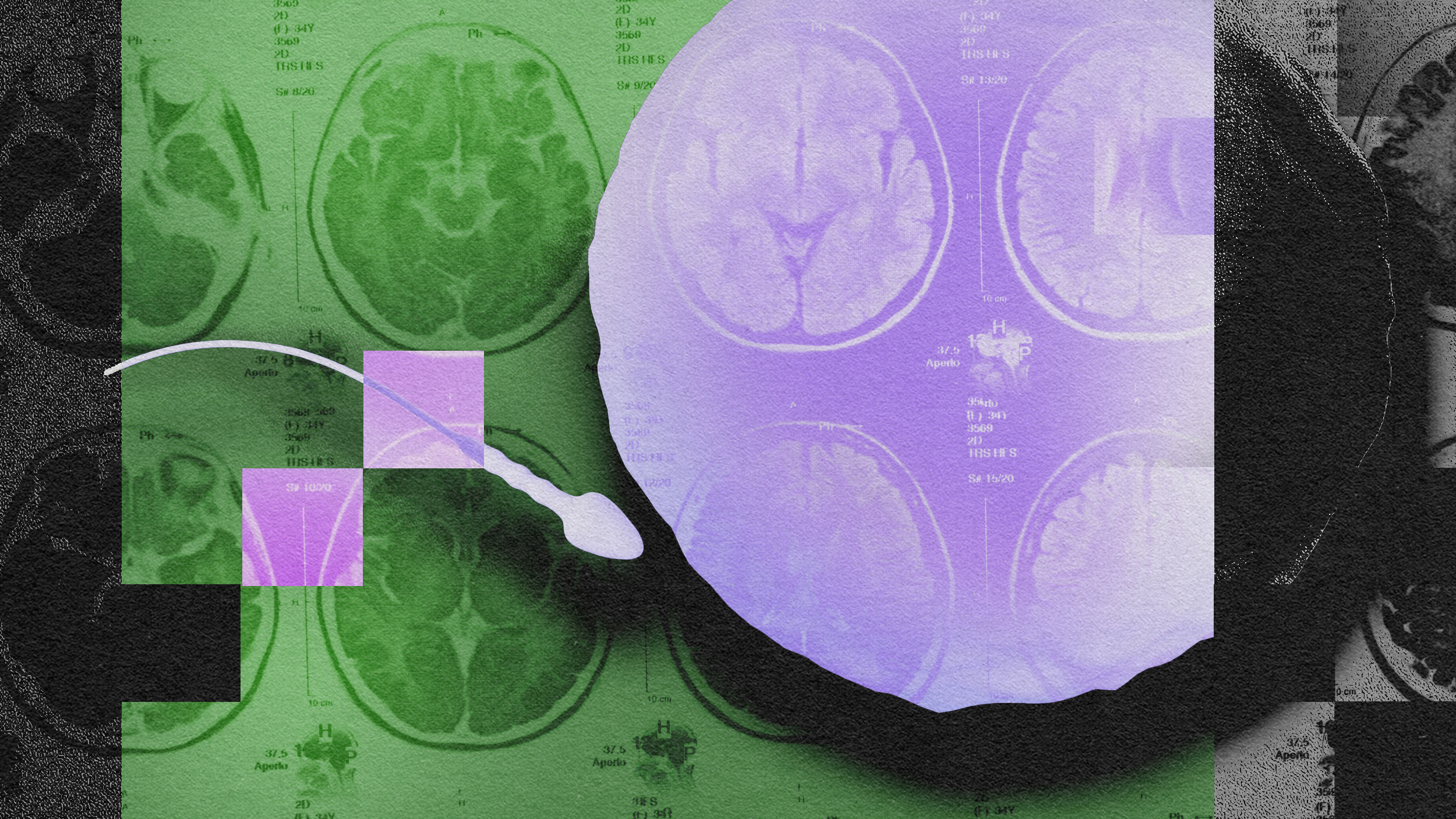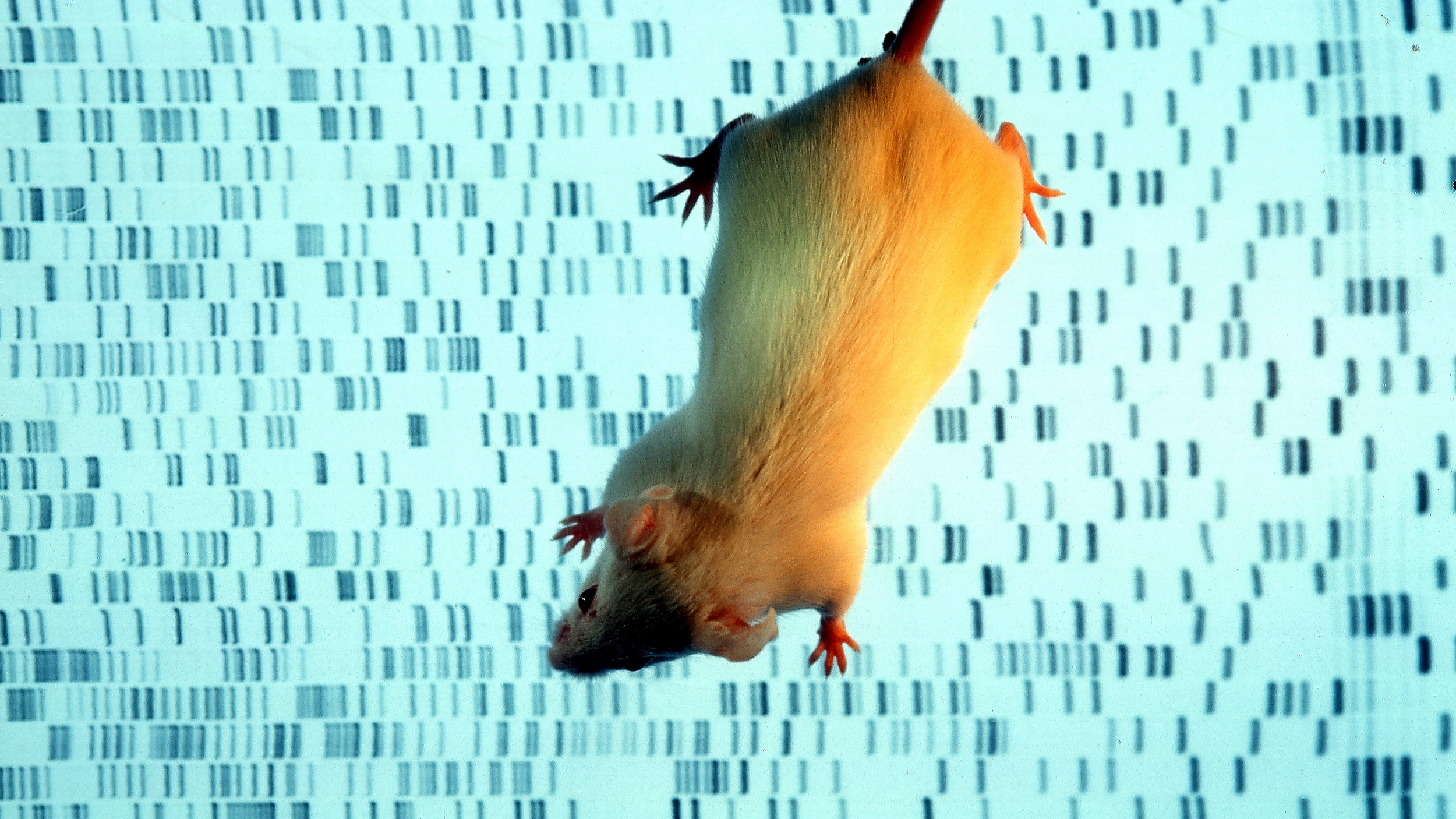The risk of developing autism is 80% genetic, researchers now say

Photo credit: MEHDI FEDOUACH / AFP / Getty Image
- The study involved more than 2 million children born in Denmark, Finland, Sweden, Israel, and Western Australia.
- The results indicated that inherited genes accounted for about 80 percent of the risk of developing autism spectrum disorder.
- Still, it remains unclear which genes are at play in contributing to autism, and also how environmental risk factors contribute to the disorder.
Autism is primarily caused by inherited genes, says a new study that tracked the development of more than 2 million children over 16 years.
Published in JAMA Psychiatry on July 17, the study — the largest of its kind — examined health data of children born in Denmark, Finland, Sweden, Israel, and Western Australia. About 22,000 of the children in the study developed autism spectrum disorder. The study found that 81.2 percent of the risk of developing autism was due to genetics, while environmental factors played a much lesser role.
“What’s immense about this study is the number of children across the world that were [included] — two million in the study population — and the large span of time, of a 16-year follow-up,” Dr. Wendy Sue Swanson, a pediatrician with Seattle Children’s who did not work on the study, told HuffPost. “It’s hard to argue with the kind of tonnage of that number.”
The findings line up with past research suggesting that genetics — not environment — is the major contributor to autism.
“Although families are often most concerned about environmental risk factors for autism, the reality is that genetic factors play a much larger role overall,” Dr. Andrew Adesman, director of developmental and behavioral pediatrics at Cohen Children’s Medical Center in New Hyde Park, who was not involved in the study, told HealthDay News.
Adesman said environmental factors are still worth examining. “This does not mean that we can completely ignore the environmental risk factors and their interaction with the genetic risk factors,” he added.
A trio of autism experts echoed a similar sentiment in an opinion piece published by JAMA Psychiatry:
“. . . potential environmental risk factors often receive disproportionate attention from the public and the media, even when (as in the case of vaccine fears) they are debunked. Even with a smaller contribution to risk, it is worthwhile to enrich understanding of environmental risk factors, which remain relatively understudied.”
It’s important to identify potential environmental risk factors because they could be modified, in theory. But scientists don’t yet have a complete understanding of what those environmental factors are.
“Some identified risk factors, such as preterm birth or birth complications, are already targets of public health efforts for other reasons,” the authors wrote in the editorial. “Others, such as a shortened interpregnancy interval or an infection during pregnancy, may also be modifiable if the underlying risk mechanisms can be better understood.”
Although the new study shows that genes are the primary contributor to autism, it remains unclear which genes are at play, and what exactly those genes are doing. What’s more, it’s possible that environmental factors could be interacting with genes in a way that increases the risk of autism. So, though the researchers are confident that genes account for 80 percent of the risk of developing autism, the other 20 percent remains a mystery.
But that might not be unwelcome news for parents. “On some level, I feel like we should feel comforted by [these findings]. Because it’s almost like autism is explained . . . it’s not because of what a parent is doing right or wrong,” Swanson told HuffPost. “It is largely based on a child’s genetic makeup.”





